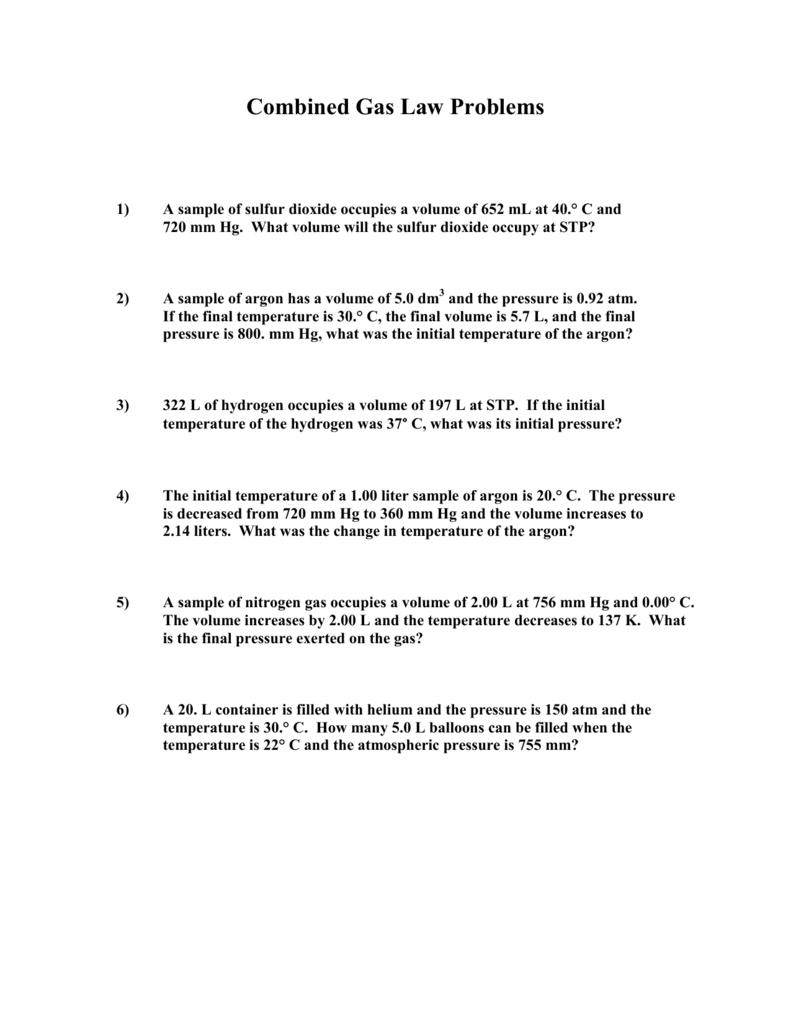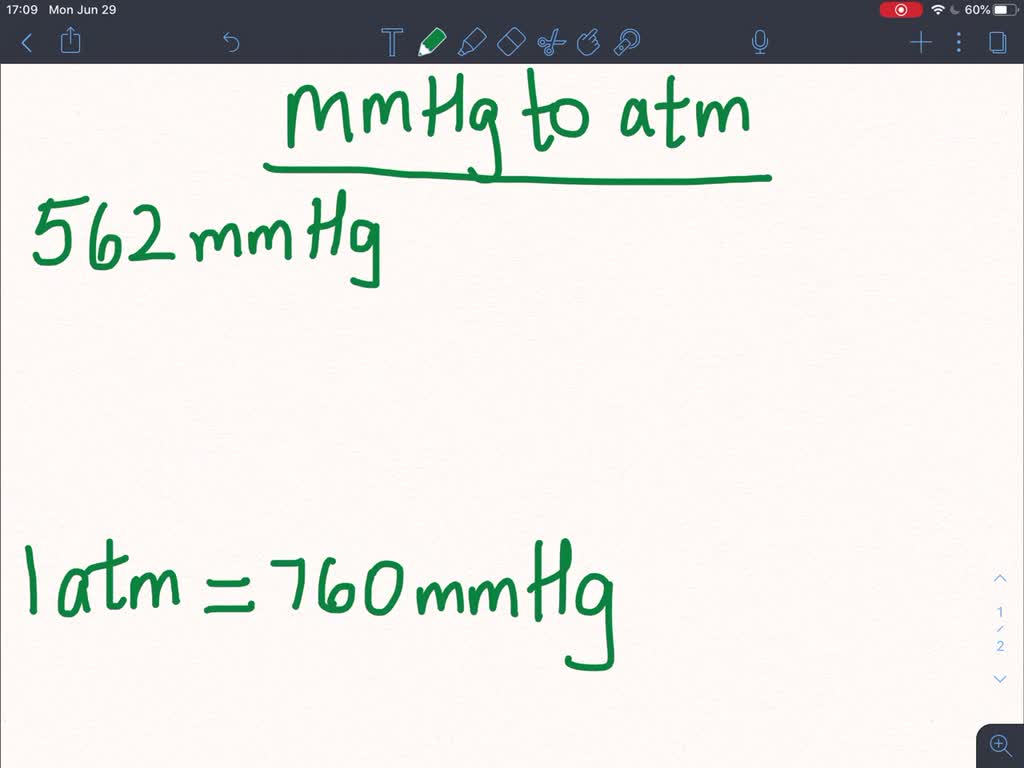

This resulted in defining a "millimetre of mercury" as the pressure exerted at the base of a column of mercury 1 millimetre high with a precise density of 13 595.1 kg/m 3 when the acceleration due to gravity is exactly 9.806 65 m/s 2. Because the specific weight of mercury depends on temperature and surface gravity, both of which vary with local conditions, specific standard values for these two parameters were adopted. They displayed the pressure difference between two fluids as a vertical difference between the mercury levels in two connected reservoirs.Īn actual mercury column reading may be converted to more fundamental units of pressure by multiplying the difference in height between two mercury levels by the density of mercury and the local gravitational acceleration. They are less used today due to mercury's toxicity, the mercury column's sensitivity to temperature and local gravity, and the greater convenience of other instrumentation. Mercury manometers were the first accurate pressure gauges. This test, known as Torricelli's experiment, was essentially the first documented pressure gauge.īlaise Pascal went farther, having his brother-in-law try the experiment at different altitudes on a mountain, and finding indeed that the farther down in the ocean of atmosphere, the higher the pressure. We live submerged at the bottom of an ocean of the element air, which by unquestioned experiments is known to have weight. The discovery helped bring Torricelli to the conclusion: Previously, the more popular conclusion, even for Galileo, was that air was weightless and it is vacuum that provided force, as in a siphon.

This validated his belief that air/gas has mass, creating pressure on things around it. The weight of the mercury would pull it down, leaving a partial vacuum at the far end. He would dip a glass tube, closed at one end, into a bowl of mercury and raise the closed end up out of it, keeping the open end submerged. In the 17th century, Evangelista Torricelli conducted experiments with mercury that allowed him to measure the presence of air. This was akin to how gasses really do become less dense when warmer, more dense when cooler.

More condensed air made colder, heavier objects, and expanded air made lighter, hotter objects.

He could observe water evaporating, changing to a gas, and felt that this applied even to solid matter. For much of human history, the pressure of gasses like air was ignored, denied, or taken for granted, but as early as the 6th century BC, Greek philosopher Anaximenes of Miletus claimed that all things are made of air that is simply changed by varying levels of pressure.


 0 kommentar(er)
0 kommentar(er)
